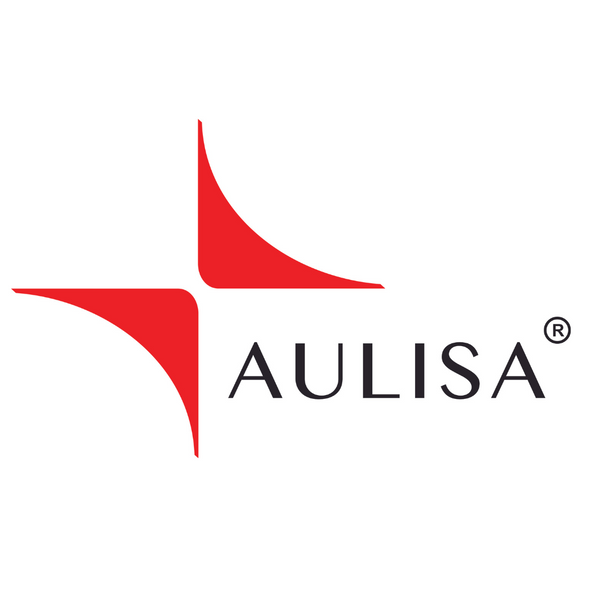A night-shift nurse can cover only so much ground. Yet respiratory dips, cardiac arrhythmias, and silent desats refuse to schedule themselves around rounding times. In an era of staffing shortages and infection-control protocols, hospitals need a way to “be everywhere at once” without compromising the human touch each patient deserves.
That challenge is exactly why Aulisa designed the Guardian Angel® Centralized Multiple Patient Monitoring (CMPM) system—a real-time vital-sign platform that lets one workstation oversee dozens of beds while preserving the nuance of individual care. Think of it as widening your clinical field of vision, not replacing it.
What Makes CMPM Different?
Traditional bedside monitors excel at deep data for a single patient, but they trap that insight at the wall. CMPM lifts the signal off the bedside, fuses feeds from every Aulisa Guardian Angel® sensor, and displays second-by-second SpO₂ and pulse-rate trends on a large screen at the nursing station or physician’s office. Voice and text alarms announce any excursion beyond custom limits—both at the central display and at the patient’s individual Guardian Angel® device—so no alert has to ride on a busy hallway pager,
Because the system is built with FDA-cleared components and Aulisa’s secure cloud software, it scales from one telemetry bed to an entire respiratory ward without fresh regulatory headaches.
Empathy Meets Efficiency
Hospitals don’t buy technology for its own sake; they buy relief—for clinicians running three steps behind and for patients who need quiet, confident oversight.
- Reduces staff burden. Continuous, centralized monitoring cuts the time nurses spend on spot-checks, freeing them for complex care tasks.
- Supports infection control. COVID-19 showed us the value of limited-contact observation; CMPM keeps eyes on contagious patients without unnecessary room entries.
- Improves patient comfort. Lightweight, wireless sensors replace tangle-prone cables and reduce the “tethered” feeling so common in step-down and dialysis units.
- Adapts to many settings. From NICU to sleep lab, the platform handles adult, pediatric, and infant populations with the same dashboard—no parallel systems or duplicate training.
A Quick Look at the ROI
Hospitals using CMPM report three categories of savings:
- Labor hours. Fewer manual vitals rounds translate to measurable nursing-time return.
- Adverse-event avoidance. Early, audible warnings add critical minutes for intervention, reducing costly transfers to higher acuity beds.
- Capacity expansion. When a single nurse can safely watch more beds, the unit grows without hiring at crisis rates.
From One Dialysis Chair to an Entire Ward
At Renji Hospital’s dialysis center, a nurse named Li summed up the impact after six months of CMPM: “We stopped interrupting treatments just to verify vitals, yet we caught drops in oxygen saturation we never would have seen on fifteen-minute rounds.”
Is CMPM Right for Your Facility?
If you manage an ICU, telemetry floor, or specialty clinic where every second counts—but every second is currently divided by too few hands—CMPM offers a pragmatic bridge. It widens vigilance without widening your staffing gap, turning “limited resources” into “expanded reach.”
Explore technical specifications, workflow diagrams, and customization options at www.aulisa.com/products/cmpm. Better yet, start a conversation with our clinical engineers about what centralized visibility could mean for your team’s peace of mind—and your patients’ safety.
Because caring for many shouldn’t mean seeing less of each person.

